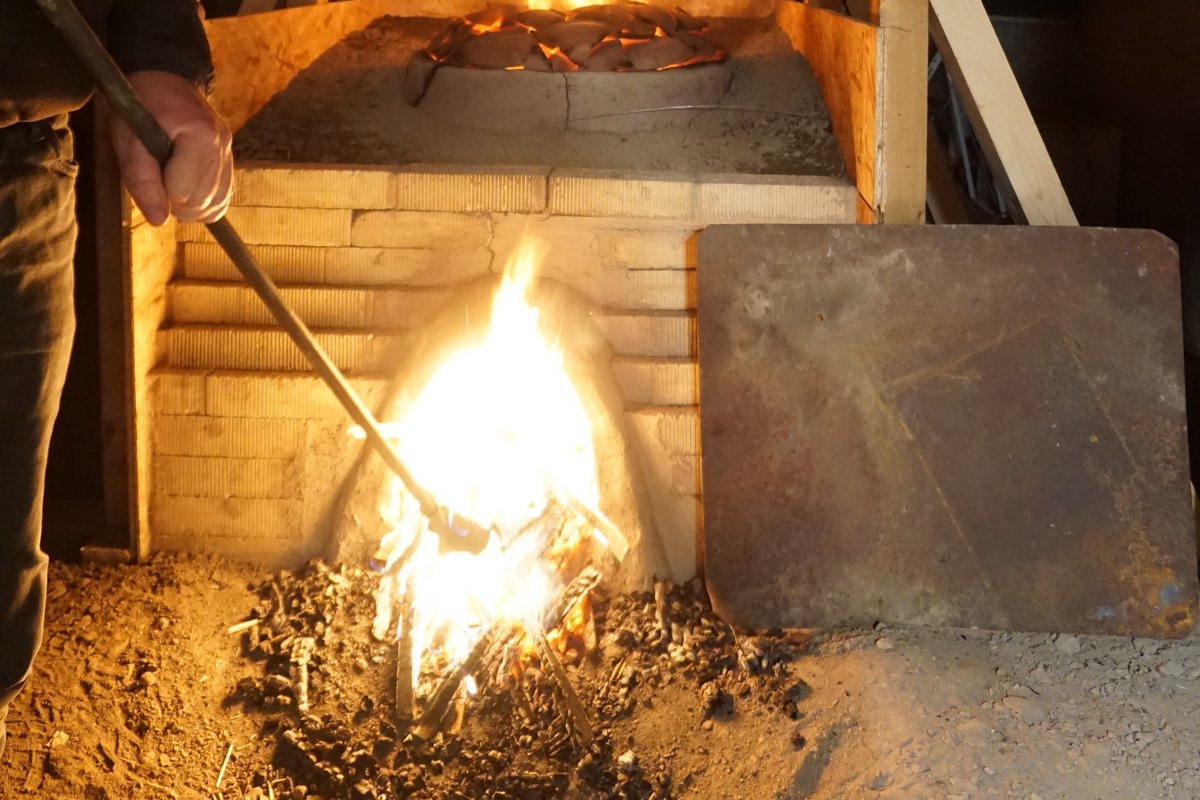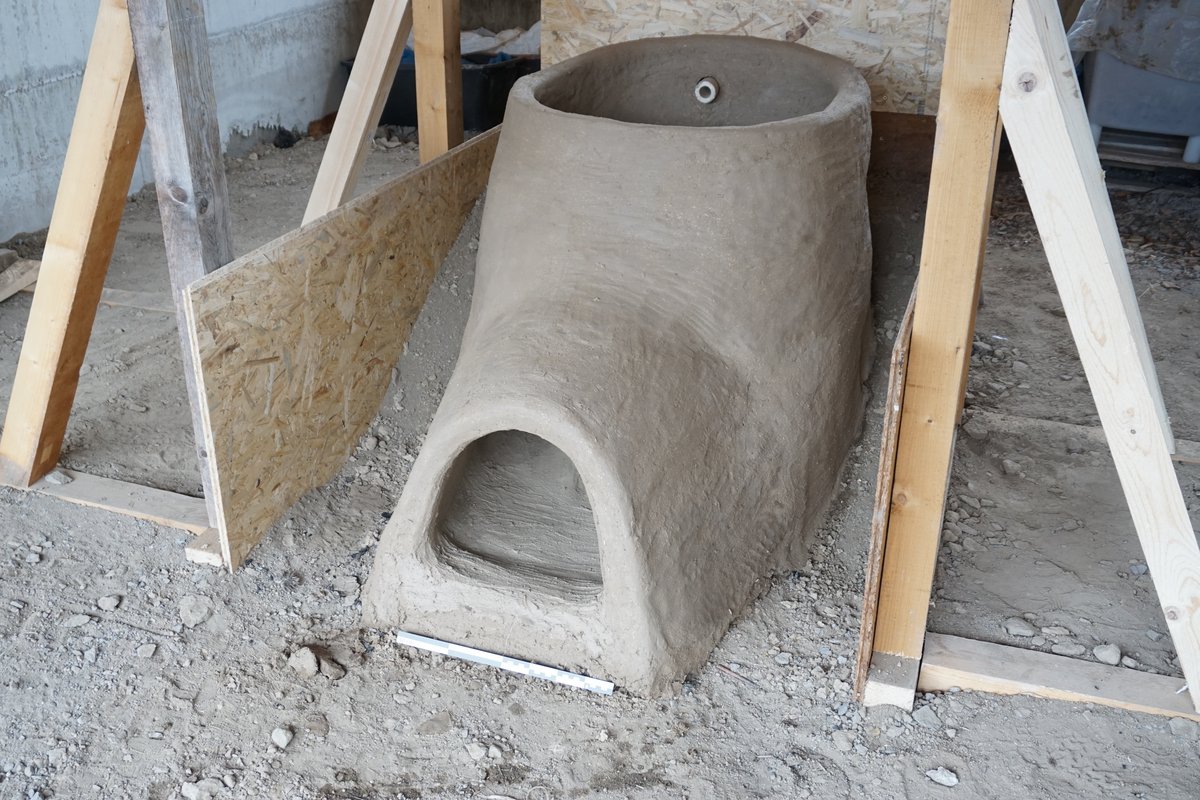“Unfinished technology”!?: An experimental archaeological study on the model of a Mayen pottery kiln around 1200 AD
The aim of the research is to explore the possibilities and limits of using scaled-down models in experimental ceramic archaeology using a concrete case study. The 12th/13th century in Mayen is characterised by the production of proto- and fast stoneware. The new types of wares are to be understood as a reaction to changing consumer demands. Pottery kiln 11/1986 can be interpreted as an attempt to better master the technological challenges associated with production. It represents the basic form E according to Redknap and was built around 1200. Its builders combined elements of the standing and lying kiln construction principle. The question of the potters’ problem-solving strategies outlines the field of research: how did they try to vary established kiln-building principles for the new challenges and how did they try to adapt the available raw materials for the new tasks? The discussion of the construction details shows very clearly that there is a bundle of questions on which a decision must be made before an operational and safe 1:1 reconstruction can succeed. For this reason, the decision was made to develop a technical model. Such a model must include all the construction and functional details under discussion for the technical reconstruction and take into account all the essential factors affecting them. In the specific case, the factors of material, statics, user-friendliness and temperature distribution were defined as relevant for impact and clarification. The model construction was largely carried out on a scale of 1:3. Among other things, the relationship between the firing area and the firing chamber in combustion systems must be designed in such a way that the oxygen supply was sufficient and the firing chamber was large enough for the maximum amount of fuel that required for firing. Critical design areas were therefore adjusted accordingly to ensure functionality. In summary, the intermediate step of a model construction, as preparation for the 1:1 reconstruction, serves the purpose of working out arguments for and against controversial reconstruction variants. Testing them within the framework of a functional technical model offers the possibility of documenting the way there in a transparent and comprehensible manner.
- Copy link
- Print article
Contact
- Dr. Michael Herdick
- +49 6131 8885-671 -654
- Kontakt
Project Period
- 01.2019 - 12.2020
Support
Stiftung Zukunft Sparkasse Koblenz- Döhner u. a. 2021: G. Döhner – L. Grunwald – E. Hanning – M. Herdick – A. Axtmann, „Unvollendete Technik“!? Eine experimentalarchäologische Studie am Modell eines Mayener Töpferofens (2. Hälfte 12./1. Hälfte 13. Jahrhundert), in: M. Gierszewska-Noszczyńska – L. Grunwald (Hrsg.), Zwischen Machtzentren und Produktionsorten. Wirtschaftsaspekte von der römischen Epoche bis in das Hochmittelalter am Rhein und seinen Nachbarregionen., RGZM-Tagungen 44 (Mainz 2021), 407-420.
https://doi.org/10.11588/propylaeum.996
The methodological conclusion of this study can be formulated as follows: the intended benefit of the use of the model is the reduction of the economic effort on the way to the realisation of a 1:1 reconstruction. Using the model, doubts about the plausibility of a reconstruction variant can be corrected with less effort and alternative variants can be tested even before a final 1:1 reconstruction is carried out. However, investigations on a reduced-scale pottery kiln model cannot replace the experimental archaeological analysis of a 1:1 reconstruction, because the framework conditions of an original find, in terms of ceramic technology, cannot simply be reduced in size. This is especially true of the important parameters of temperature development and distribution in the kiln. The model can indicate only general tendencies, as these factors are always dependent on the size of the firing installations.

